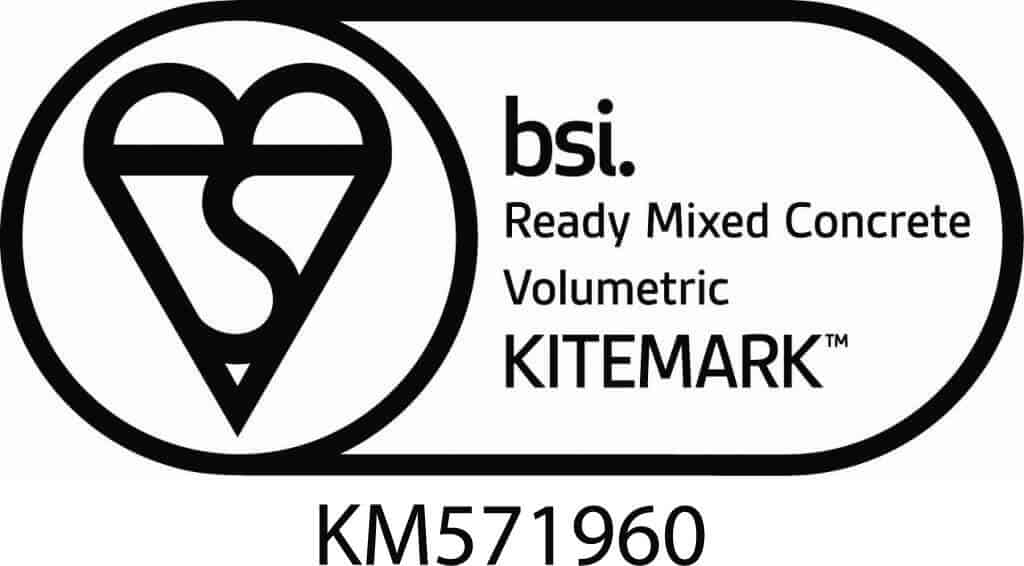Ready Mix Concrete is a flexible building material that is used in a wide range of construction projects, from residential driveways and countertops to large-scale commercial developments. One component that significantly impacts the performance of ready-mix concrete is the weather conditions at the time of placement and curing. Understanding how different weather conditions affect ready-mix concrete is important for ensuring the strength, durability and overall quality of concrete structures.
In this article, we will be exploring the effects of various weather conditions, including cold weather, hot weather, and rainy weather on the performance of ready-mix concrete in Cardiff. We will also discuss the best practices when navigating potential challenges and ensuring successful concrete placement and curing in various weather conditions. By understanding and addressing these simple factors, it can improve the performance and longevity of concrete structures in any environment.Â
The Performance of Ready Mix Concrete in Different Weather ConditionsÂ
Hot WeatherÂ
The performance of ready-mix concrete in hot weather conditions presents specific challenges and considerations for individuals working in construction. When temperatures rise, the hydration process of concrete accelerates, resulting in faster setting times and potential difficulties in handling and placing the material. Additionally, hot temperatures can increase the rate of evaporation in concrete, causing potential drying of the concrete surface, and making it harder to work with.Â
Strategies for addressing hot weather conditions include:Â
Shading – Providing shade over the concrete placement area can help to reduce the direct impact of sunlight and lower the surface temperature, slowing down the rate of evaporation.
Cooling the aggregates – Using chilled water or ice to cool the aggregates before mixing the formula can help reduce the risk of premature settling.Â
Moisture Control – Keeping the concrete surface moist by applying wet curing blankets can help prevent rapid moisture loss and minimise the risk of plastic shrinkage cracking.
Cold Weather
In cold weather conditions, the performance of ready-mix concrete in Cardiff can be significantly impacted by low temperatures. Cold weather can slow down the hydration process of the cement, resulting in delayed settling times, and reduced early strength development. Due to this, builders need to take precautions to ensure that the concrete cures properly and achieves the perfect strength and durability.
Strategies for addressing cold weather conditions include:Â
Pre-heating Materials – heating the aggregates, water and cement before mixing can help to retain the desired temperature of the concrete mix and prevent it from cooling too quickly during placement.
Insulating forms & surfaces – insulating forms, subgrade, and other surfaces where concrete will be placed can help to maintain heat and prevent the concrete from becoming too hard and freezing.
Covering freshly poured concrete – Immediately after placing the concrete, covering the blankets with insulated blankets or tarps will help trap the heat and prevent it from freezing. It is important to ensure proper ventilation to avoid condensation and maintain optimal curing conditions.Â
Rainy Weather
In rainy conditions, ready-mix concrete can face a variety of challenges that affect its performance and quality. A large amount of rainfall can increase the water-cement ratio in the concrete mix, resulting in potential issues such as reduced strength, surface facts and increased permeability. Furthermore, rainwater can dilute the concrete mix, affecting its workability.Â
Strategies for addressing rainy weather conditions include:Â
Using waterproof Admixtures: Adding waterproofing admixtures to the concrete mix can increase its resistance to water penetration and reduce the risk of moisture-related damage. These mixtures act as a barrier that prevents water from seeping into the concrete, improving its performance in rainy weather.Â
Monitor weather forecasts – Keeping track of weather forecasts and scheduling concrete pours accordingly can help reduce the risk of delays and ensure appropriate weather conditions for concrete placement and curing. Â
Covering the concrete – Using waterproof tarps or curing blankets to cover the concrete during placement and curing helps to protect the concrete from direct exposure to rainwater, helping to maintain appropriate moisture levels.Â
